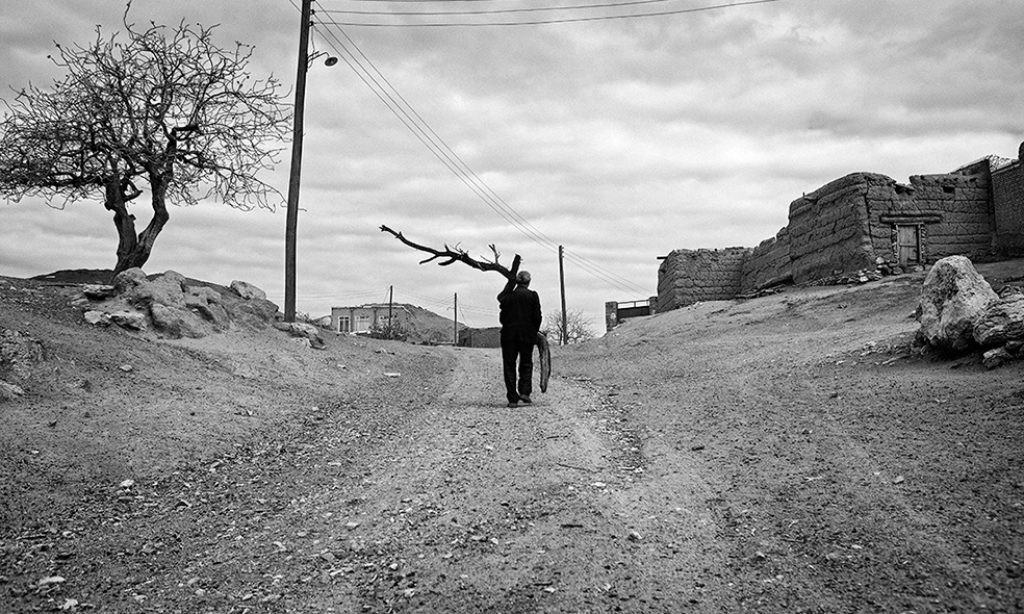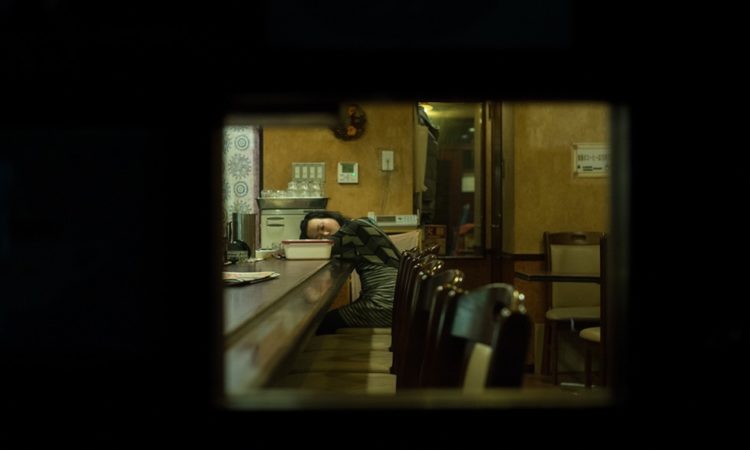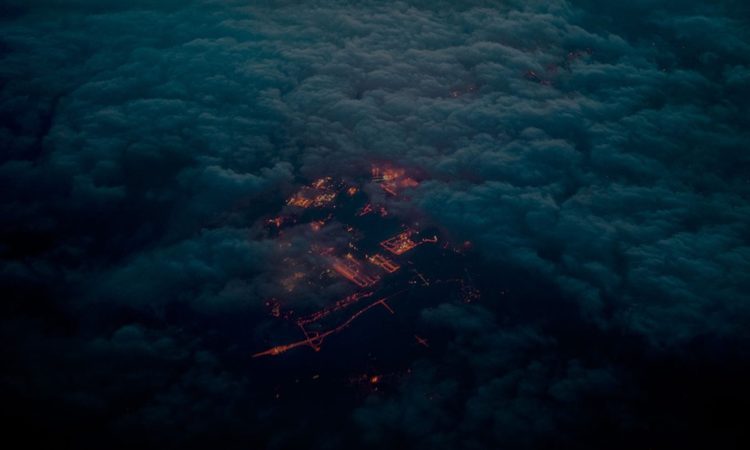Urmia Lake, located in the northwestern Iran was the second largest salt lake in the world and the largest in the Middle East. The lake was protected as a national park by Iranian Department of Environment and it was one of the most famous international wetlands registered in The Ramsar Convention in 1971. Urmia Lake was registered in the list of 50 Biosphere Reserves in the program run by UNESCO’s Man and the Biosphere Program.
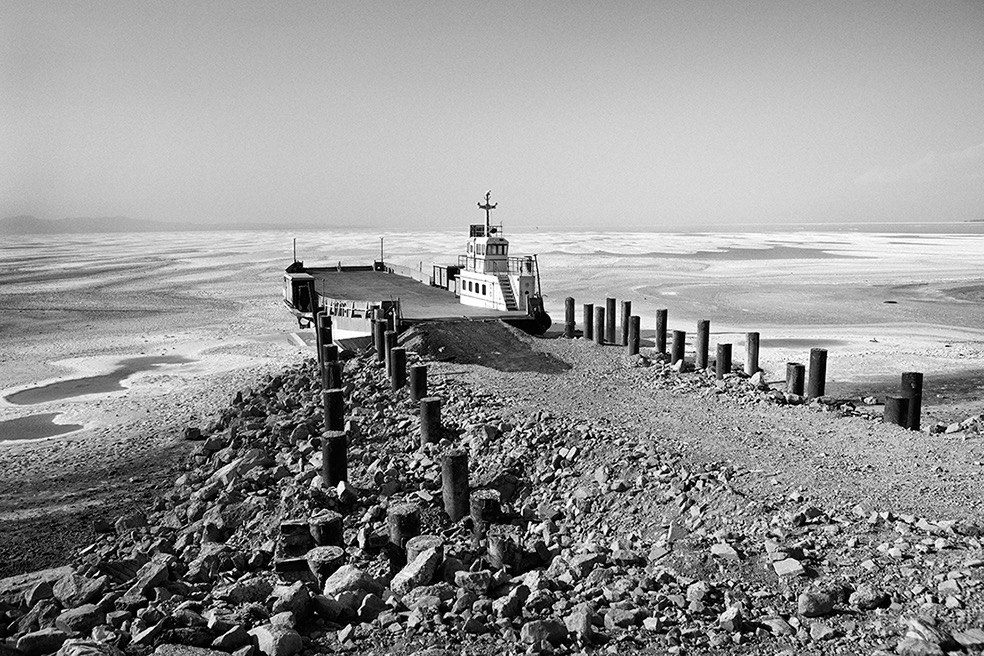
The Story of People Who Will no Longer Have a Lake © Jalal Shamsazaran
Urmia Lake is the natural habitat of Artemia Urmia which is one of the most unique species of shrimp. There are 102 islands in the lake which serve as home to a wide variety of reptiles, mammals, and birds. The lake used to be a stopover of immigrant birds in the winter in West Asia and 200 species of birds had been identified and registered. As the lake started to dry up the islands lost their function as a natural habitat. The lake’s basin is the heart of the region’s agriculture and it has population of 6.4 million. If the lake dries up, not only does it damage the residents but also it would affect around 76 million people living in the span of 500 km from Urmia Lake in Turkey, Azerbaijan, Armenia, and Iran.
Almost 90% of the lake has dried up.
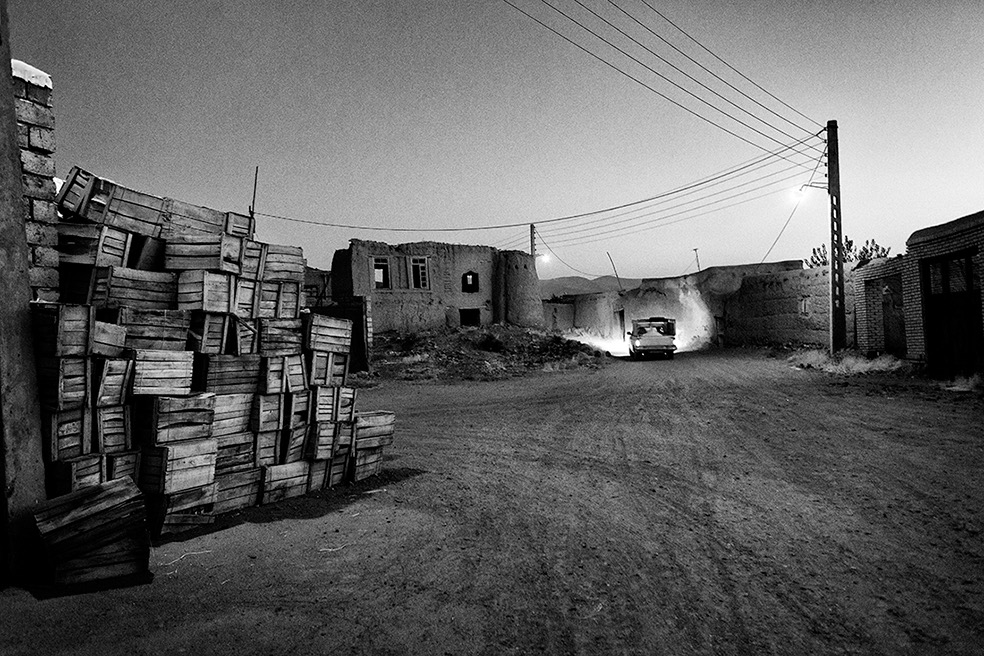
The Story of People Who Will no Longer Have a Lake © Jalal Shamsazaran
Draught, digging too many wells, the increasing demand for agricultural water, building dams, climate change and bad management has lead to the dramatic decrease in the lake’s water level. In addition a 15 km long highway was build across the lake in the past year which divides the lake into northern and southern halves which has led to malfunction of water circulation and drying up of natural springs in the lake. It has also changed the pattern in the water in the two halves.
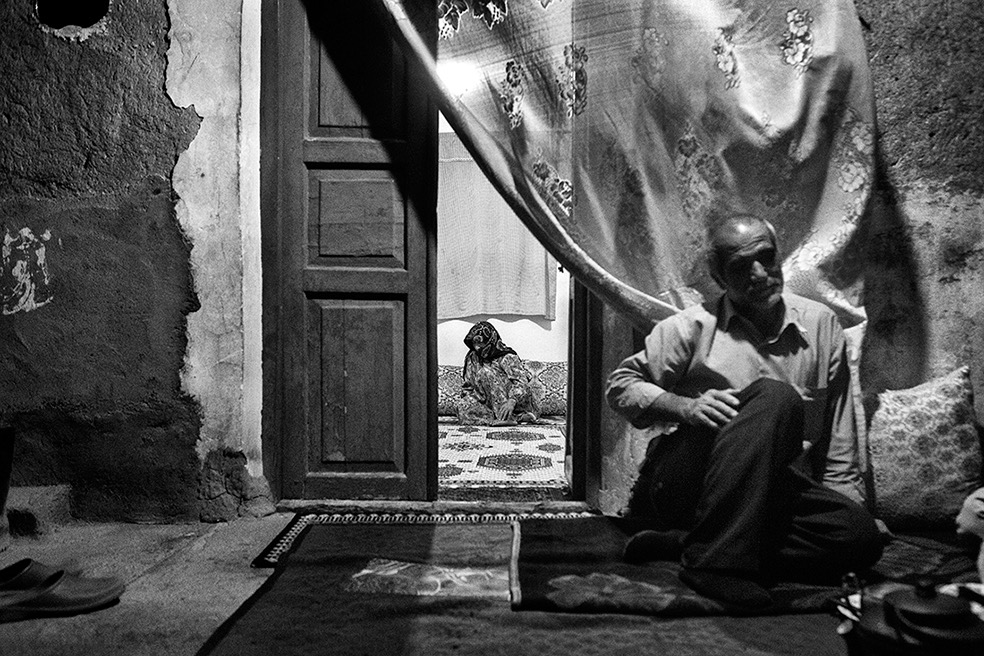
The Story of People Who Will no Longer Have a Lake © Jalal Shamsazaran
Falling level of water in the lake has lead to increasing salinity, lack of food source for birds and animals, salt storms, the change in the region’s ecosystem, negative impact on agriculture, people’s life and health. The social and economic consequences of the tragedy are growing like a stain.
The ports near the lake like Sharafkhane port and Golmankhane port get no visitors. There are no customers in the cafes. Motels and resorts have been deserted, the farms are infertile, the houses are deserted one by one, the schools are deserted with broken windows, soil and salt particles has caused respiratory diseases and the gardens near the lake have dried up. The youth immigrate to the city to afford a living. The small number of photos here, tell the story of people who will no longer have a lake.
Website: jalalshams.com
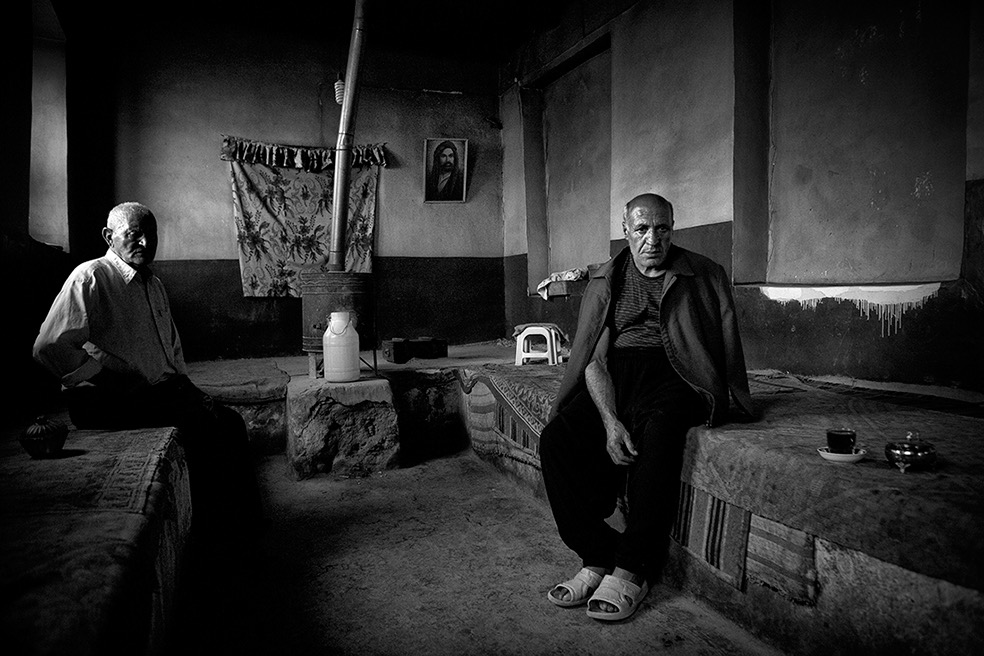
The Story of People Who Will no Longer Have a Lake © Jalal Shamsazaran
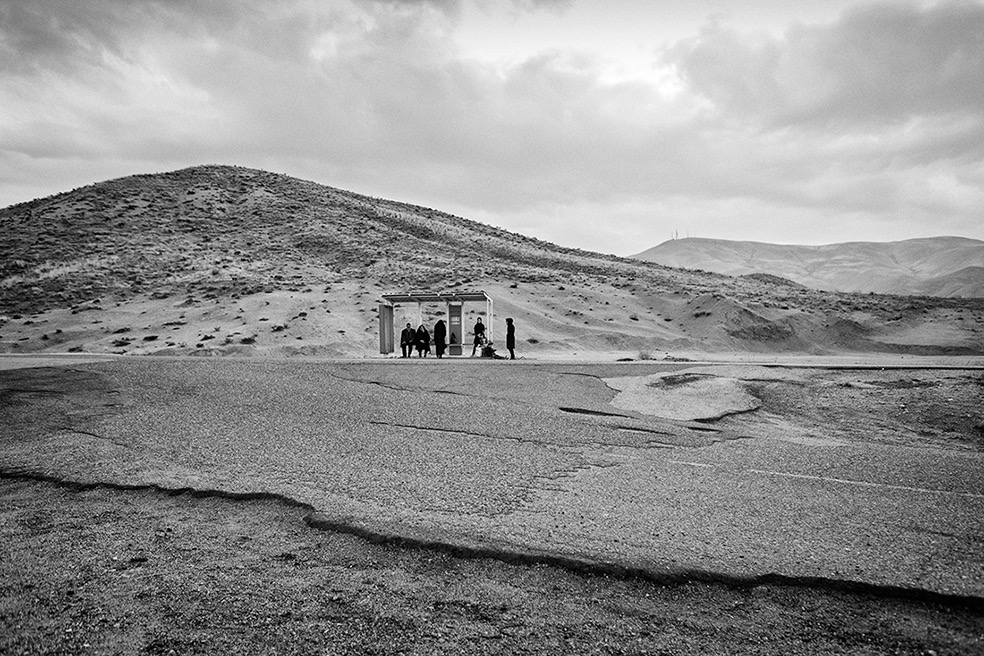
The Story of People Who Will no Longer Have a Lake © Jalal Shamsazaran
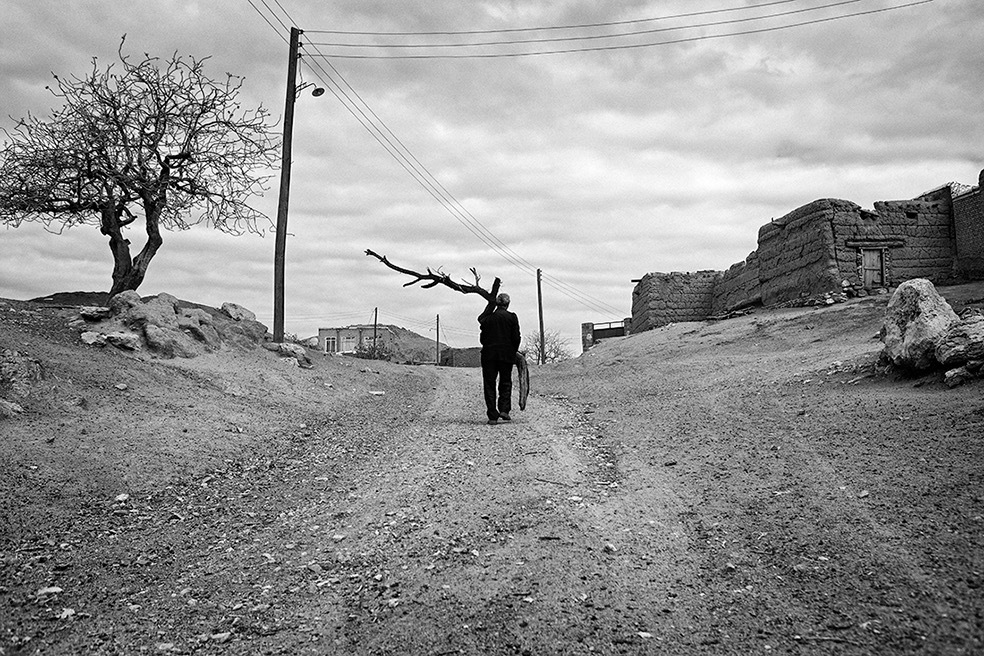
The Story of People Who Will no Longer Have a Lake © Jalal Shamsazaran
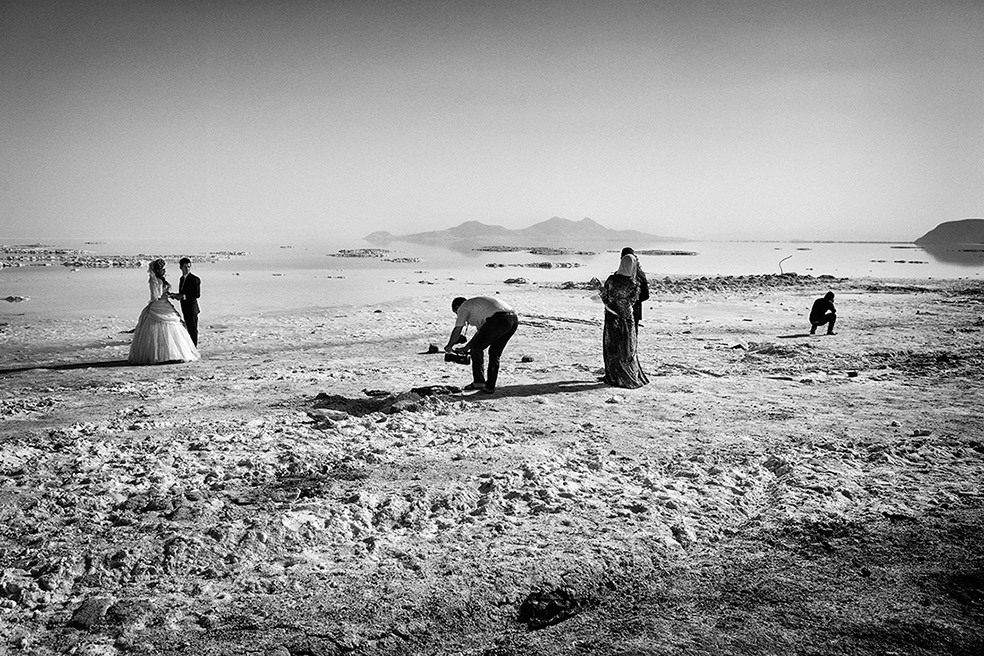
The Story of People Who Will no Longer Have a Lake © Jalal Shamsazaran
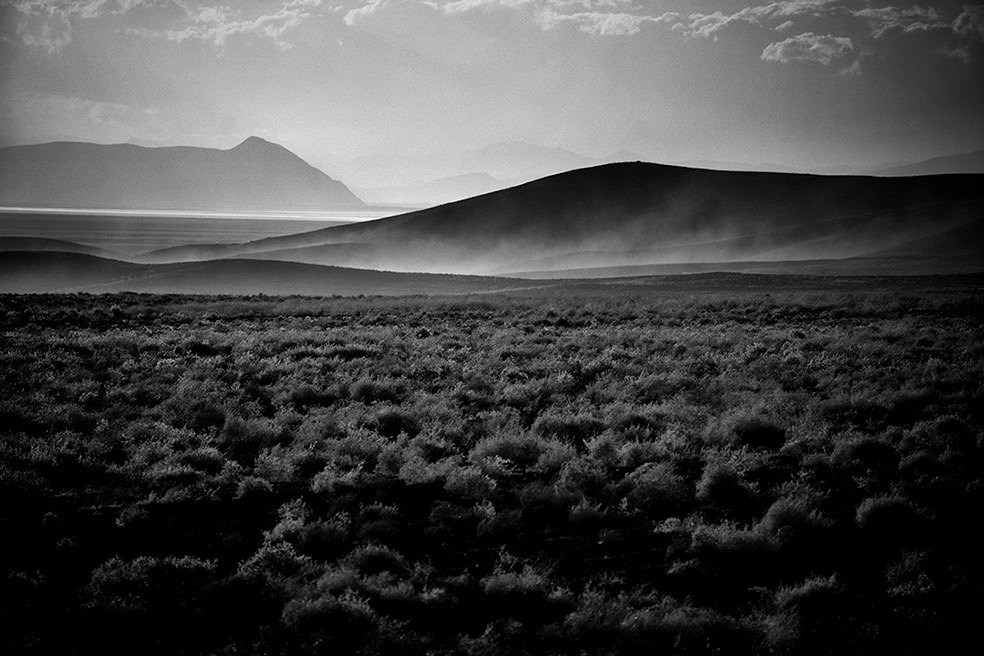
The Story of People Who Will no Longer Have a Lake © Jalal Shamsazaran
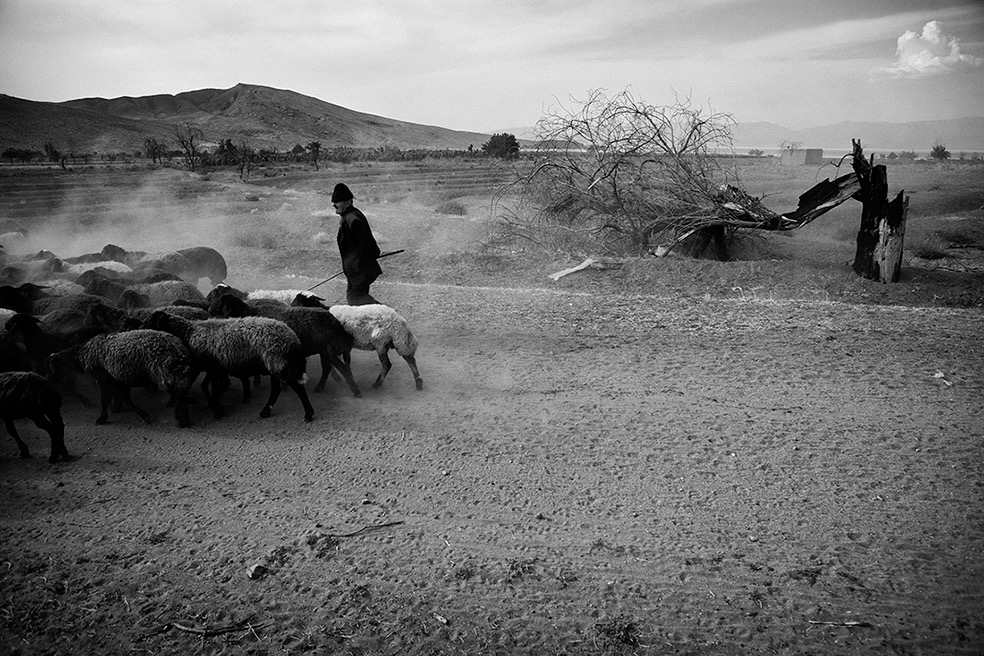
The Story of People Who Will no Longer Have a Lake © Jalal Shamsazaran
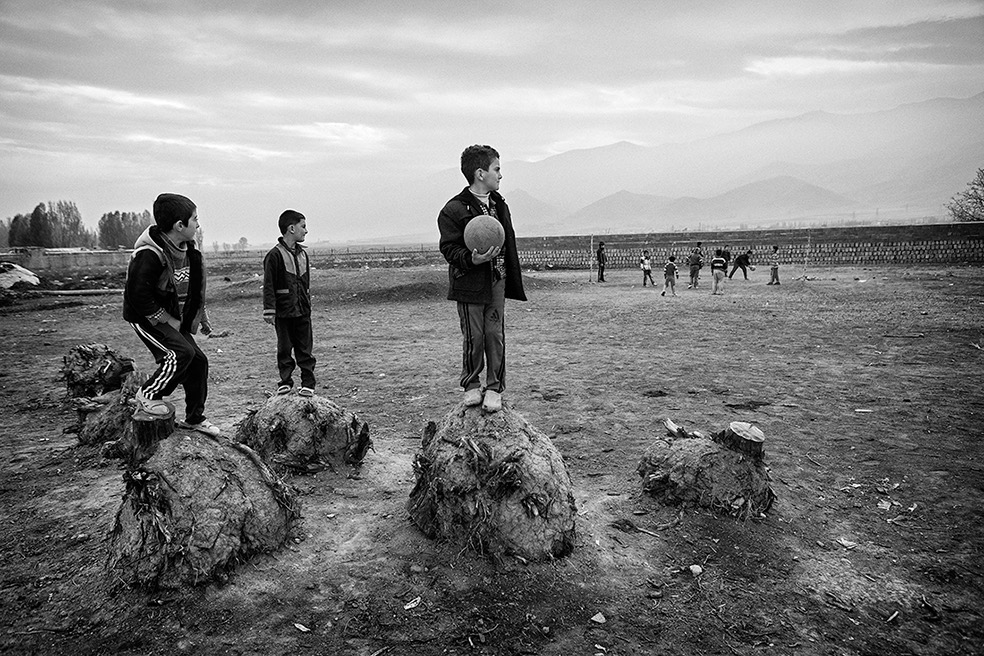
The Story of People Who Will no Longer Have a Lake © Jalal Shamsazaran

